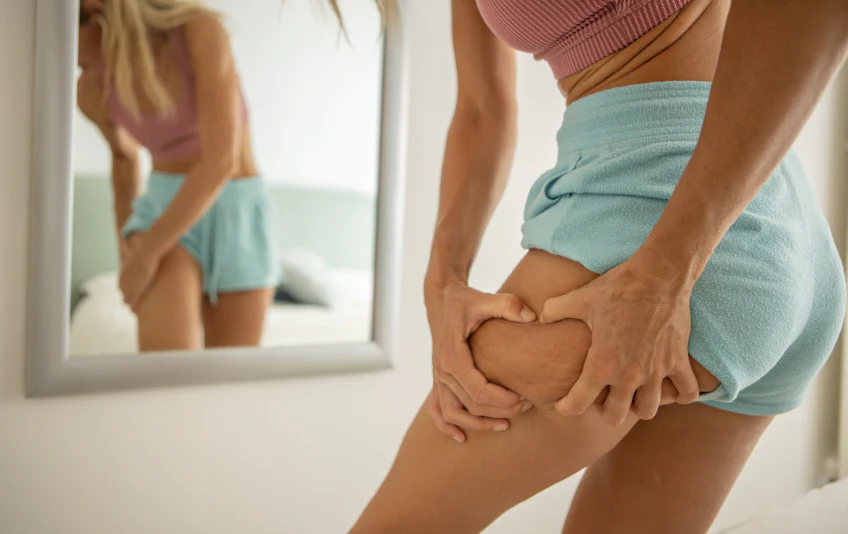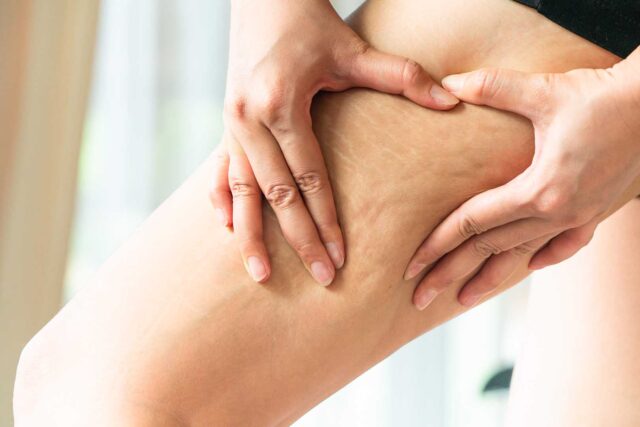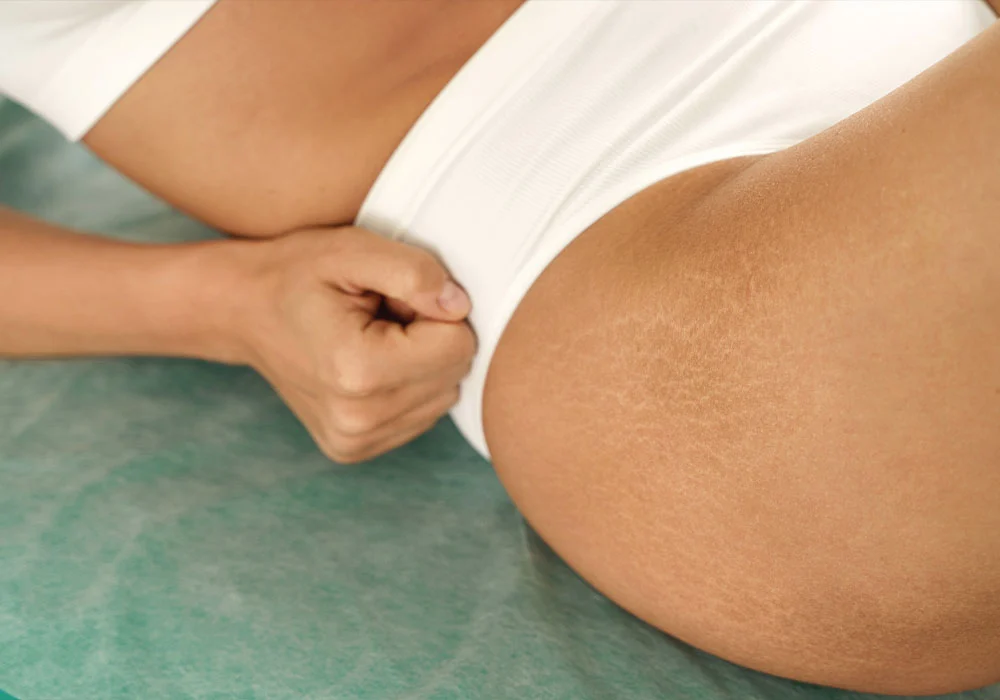
Cellulite, a common cosmetic concern that affects individuals of all body types, has long been a source of frustration and self-consciousness.
The quest for effective cellulite treatment has led to the discovery of various methods, but one that has been gaining attention for its promising results is Ultrasound Fat Cavitation. This non-invasive technique makes waves in the world of aesthetics, offering a potential game-changer in the battle against cellulite.
Understanding Cellulite: The Culprit Behind the Dimples

Cellulite is not just a cosmetic concern; it’s a complex issue rooted in genetics, hormones, and lifestyle factors. Many women and some men experience this condition, often on the thighs, buttocks, and abdomen. While it’s natural, societal pressures can make individuals self-conscious about its presence. Diet and exercise can help but only sometimes eradicate the problem. Numerous treatments claim to reduce cellulite, but results vary. Ultrasound Fat Cavitation emerges as a novel method in this realm, with science delving deep into deciphering its efficacy. As we explore this technique, understanding its mechanism against the backdrop of cellulite is vital.
Enter Ultrasound Fat Cavitation: How Does It Work?

Ultrasound Fat Cavitation, often called Fat Cavitation, is a revolutionary approach to combat cellulite. This procedure uses low-frequency ultrasound waves that specifically target and help break down fat cells beneath the skin. Unlike surgical procedures such as liposuction, this procedure is non-invasive, making it an attractive option for those wishing to avoid surgery.
The process creates tiny bubbles within the fat cells, causing them to expand and contract rapidly. This disrupts the fat cell membrane, essentially “melting” the fat into a liquid state. Once the fat is in this liquefied form, the body’s lymphatic system naturally processes and eliminates. This gradual removal of fat contributes to reducing the appearance of cellulite.
The Advantages of Ultrasound Fat Cavitation
One of the most appealing aspects of this non-invasive procedure is its non-invasive nature. Traditional surgical methods often involve significant downtime, discomfort, and potential risks. The procedure, on the other hand, requires no incisions, anesthesia, or recovery period. Patients can usually resume their usual routine immediately after the procedure.
Moreover, this technique is known for its precision. The ultrasound waves target only the fat cells, leaving surrounding tissues such as blood vessels and nerves unharmed. This specificity results in minimal to no discomfort during and after the procedure.
What to Expect During a Cavitation Session

A typical Cavitation session is relatively quick and comfortable. Patients can relax while a handheld device emitting the ultrasound waves is moved over the targeted area. The sensation is often described as warm and soothing, without anesthesia. The number of sessions required varies depending on the individual’s goals and the severity of cellulite. Many people start to notice visible improvements after just a few sessions.
Is This Procedure Right for You?
While this non-invasive technique shows promising results, it’s important to note that individual experiences may vary. The procedure is generally recommended for individuals with localized stubborn fat and cellulite areas that have not responded well to diet and exercise. Consulting a qualified practitioner is crucial to determine whether this treatment aligns with your goals and expectations.
In Conclusion
Ultrasound Fat Cavitation is indeed making waves as a potential game-changer in the realm of cellulite treatment. Its non-invasive nature, precision, and promising results make it an attractive option for those seeking to address stubborn cellulite and achieve smoother skin. While no single treatment is a one-size-fits-all solution, Fat Cavitation offers a non-surgical alternative that may finally relieve individuals battling cellulite woes. As technology continues to advance, the future of cellulite therapy is looking smoother than ever before.








